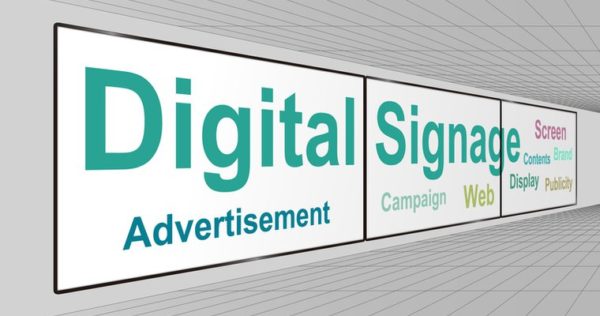What Are the Different Types of Signage?
The different types of signage available in an organization can be classified into primary, secondary, or exterior. Primary signage, like billboards and posters, serves as the company’s primary identifier and is often electric-lit for visibility. Secondary signage helps inform people of additional information, usually in areas with a high concentration of pedestrian or motorized traffic. Pylon signs are generally tall, made to withstand weather and weight, and visible from long distances. Today’s technology enables the use of energy-efficient LED displays that provide dynamic text and can be integrated with other types of signage. You can also learn more at letter sign Vancouver WA.
Informational signs
In addition to providing directions, informational signs supplement the trip by supplying helpful information. For instance, highway signs notify drivers of construction zones or upcoming congestion. Regulations-related symptoms include speed limit and “No Parking” notices. The characters themselves are intended to serve two purposes: to inform people of the rules and regulations of an area and to direct people to the appropriate location for further information.:
Informational Road Signs are rectangular signs that tell travelers about services and places along the road and coming up next. They feature white letters and blue background and a brief explanation of their purpose. Public telephone booths are another example of these signs. They inform visitors about the location of emergency services and are often located in public areas. They also make finding things easier for visitors. But what exactly are informational signs? And how do you create an effective, functional, informational sign?
The primary purpose of these signs is to inform the public about important information, such as weather warnings or road conditions. Informational signs are available in multiple languages, including English, Telugu, Marathi, and Hindi. A drop-down box will let the user choose the language they prefer to read. In some cases, informational signs are required to display the address and telephone number of the company. Informational signs are essential tools for promoting a safe and effective environment.
Regulatory signs
Regulatory signs are a crucial element in traffic control. They remind drivers of applicable traffic laws and regulations while also reinforcing them. While they may seem inconvenient initially, regulatory signs are crucial to traffic safety. Below are five common types of regulatory signs. We will begin with road signs. It is essential to understand their purpose and how they differ from other signs to understand how they are used. The goal of a regulatory sign is to prevent violations of a specific law.
When designing traffic signs, color contrast is critical. To be easily read, traffic signs must be visible. This is especially true in low-light environments, so green or fluorescent yellow will be the best contrast. Orange or red signs are warning signs for construction sites or school zones. Brown regulatory signs, on the other hand, serve as a guide for public recreation sites and cultural sites. Yellow or red indicators are reserved for safety-critical information.
In addition to regulatory signs, there are other types of traffic signs. Besides warning and guide signs, there are also informational signs approved by the Federal Highway Administration. Bicycle and pedestrian signs, for example, provide instructions to cyclists and pedestrians. These signs may include warnings such as “no cycling,” “walking is prohibited,” or “bicycles are slippery when wet.”
Exterior signs
Despite its versatility, exterior signs remain one of the most effective forms of advertising. While building signs are usually permanent and do not need to be changed for seasonal campaigns, they are not only cost-effective. Still, they can also add architectural interest to your property. In addition, a well-designed sign can evoke a specific emotion within your target audience. Exterior signs are like an address plate for a business, letting customers know where to find it without having to call or visit the location.
Exterior signage is often made of materials designed to last outdoors. These signs must resist extreme temperature fluctuations, ultraviolet light, and day-to-day weather conditions. However, selecting suitable materials isn’t enough to ensure that your character will last outdoors. You’ll need a quality manufacturer who designs and constructs exterior signs. Exterior signs are also crucial for your brand image, so they must be planned carefully and installed correctly to achieve the desired effect.
A well-designed sign communicates your business’s brand image, professionalism, and overall presence to passersby. Your business’s first impression may determine whether you gain a new customer. Moreover, exterior signs guide customers looking for your location or inform passersby of its existence. A warning should be large enough to educate your customers without being too distracting or overbearing. It would be best if you chose the right sign, depending on the nature of your business. While a bright, flashy sign may attract the attention of most passersby, it may distract others.

